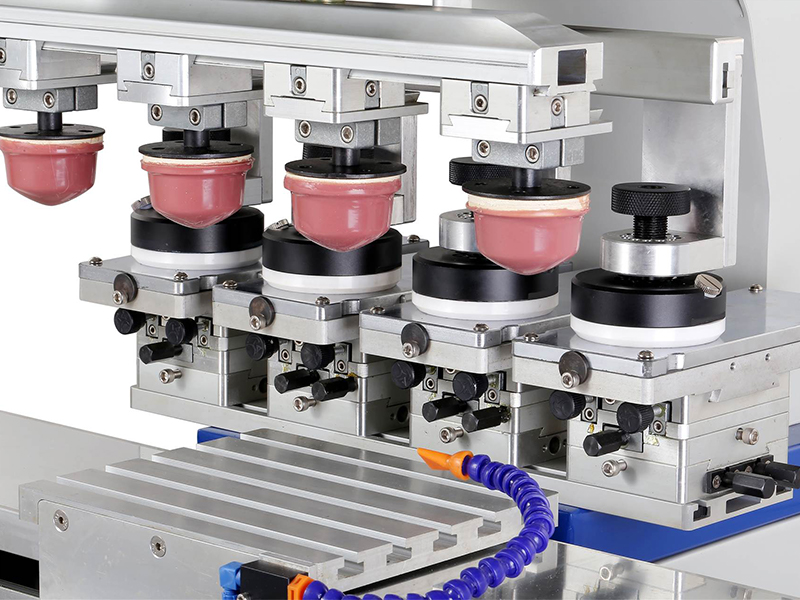Analysis of Screen Printing Machines in the Vietnamese Market and Introduction to Related Enterprises
【Abstract】
Screen printing machines in the Vietnamese market have been incredibly popular amid Vietnam's booming manufacturing industry in recent years. Not only are pad printing equipment selling well, but screen printing machines are also gaining more and more traction locally. Just think about it—many items like electronic components, packaging boxes, billboards, and building material panels rely on screen printing machines to print patterns and text. That's why numerous enterprises are keeping an eye on the Vietnamese market.
Nowadays, Vietnamese factories are becoming more demanding. Their requirements for screen printing machines have shifted from "usable" to "easy to use, precise, and labor-saving." The screen printing machine market in Vietnam has been visibly growing in recent years. Let's take a closer look!

1. How Popular Are Screen Printing Machines in the Vietnamese Market?
You might be surprised to hear how popular screen printing machines are in the Vietnamese market. In recent years, the market has been growing at a rate of 7%-9% annually. Take 2024, for example—the sales volume of new machines alone was approximately 8.5% higher than in 2023. Why is it so popular? Mainly because there are more electronics factories. For instance, in the electronic industrial parks around Ho Chi Minh City, screen printing machines are used to print hundreds of thousands of parts like phone casings and circuit boards every day. Additionally, with the upgrading of the packaging industry, local Vietnamese cosmetics brands are on the rise. A medium-sized cosmetics factory alone needs to add 2-3 screen printing machines each year to print packaging boxes.
Industry insiders estimate that at this rate, by 2026, the scale of the screen printing machine market in Vietnam will be 30% larger than it is now, reaching approximately 120 million US dollars. Among them, two types are the most popular. One is fully automatic screen printing machines. As labor costs in Vietnam rise, using machines can save a lot of money, and sales of such machines are growing at 12% annually. The other is eco-friendly screen printing machines, especially those used for printing food packaging and children's toys, as the country has strict inspections. The demand for such machines in the Vietnamese screen printing machine market is growing at 15% annually. Currently, 3 out of every 10 screen printing machines sold on the market are eco-friendly models.
2. What Types of Screen Printing Machines Are There? And What Are They Used for in Vietnam?
2.1 Flatbed Screen Printing Machines
These machines are designed specifically for printing on flat surfaces, such as posters, plastic plates, and metal sheets. In Vietnam, there are about 500 such machines in advertising companies in Ho Chi Minh City alone, which can print over 20,000 billboards every day. Cosmetics factories also like to use them for printing packaging boxes. For example, a large skincare factory in Hanoi uses 20 flatbed screen printing machines, which can print 50,000 boxes a day.
2.1 Curved Surface Screen Printing Machines
These are used for round or oval objects, such as glass cups, plastic bottles, and 灯管. Most of the patterned glass cups popular among Vietnamese people are printed using these machines. Data shows that 80% of the patterned cups sold annually in the daily necessities wholesale markets in southern Vietnam are printed by curved surface screen printing machines in the Vietnamese market. In 2024 alone, over 80 such machines were added in cup factories.
3.1 Fully Automatic Screen Printing Machines
The fully automatic screen printing machines in the Vietnamese market are "big players." They can handle feeding, printing, and drying automatically in a one-stop process, making them especially suitable for mass production in electronics factories. Take the electronic industrial zone in Bac Ninh Province, for example. A fully automatic screen printing machine in a mobile phone screen factory there can print 15,000 screens a day, which is more than 5 times faster than manual ones. Currently, about 1 out of every 3 screen printing machines in Vietnamese electronics factories is fully automatic, and this proportion is still rising, expected to reach half by 2025.
3. Which Enterprises Are Engaged in the Screen Printing Machine Business in Vietnam?
Seeing the huge potential of the screen printing machine market in Vietnam, many enterprises have joined in. There are international brands and local manufacturers, and the top-performing ones account for approximately 40% of the local market share.
They offer a wide range of machines. Manual screen printing machines for small workshops, which cost a few thousand dollars each, sell well—about 2,000 units were sold in 2024. Fully automatic screen printing machines for large factories can be expensive, with some costing hundreds of thousands of dollars, but their precision can reach 0.01 millimeters. Over 300 units of these were sold in 2024 alone. Moreover, these enterprises not only sell machines but also provide after-sales services. For example, they have maintenance stations in Hanoi and Ho Chi Minh City, and can arrive within 24 hours if a machine breaks down. Vietnamese bosses are particularly satisfied with this.
To meet local needs, they have also modified the screen printing machines in the Vietnamese market. For instance, they reduced the energy consumption of eco-friendly screen printing machines by 20% to comply with Vietnam's energy-saving policies, and added Vietnamese language interfaces to fully automatic screen printing machines, making them easy for workers to operate. Because of this, 80% of Vietnamese factories now check with these enterprises first when buying screen printing machines.
Conclusion
The more Vietnam's manufacturing industry develops, the greater the demand for screen printing machines in the Vietnamese market. The screen printing machine market in Vietnam is no longer just about competing on price; it's about whose machines are smarter, more eco-friendly, and more suitable for local factories. Enterprises that can keep up with these trends are sure to make good profits. In general, this market will continue to grow in the next few years, so those who want to enter the industry should hurry up!

